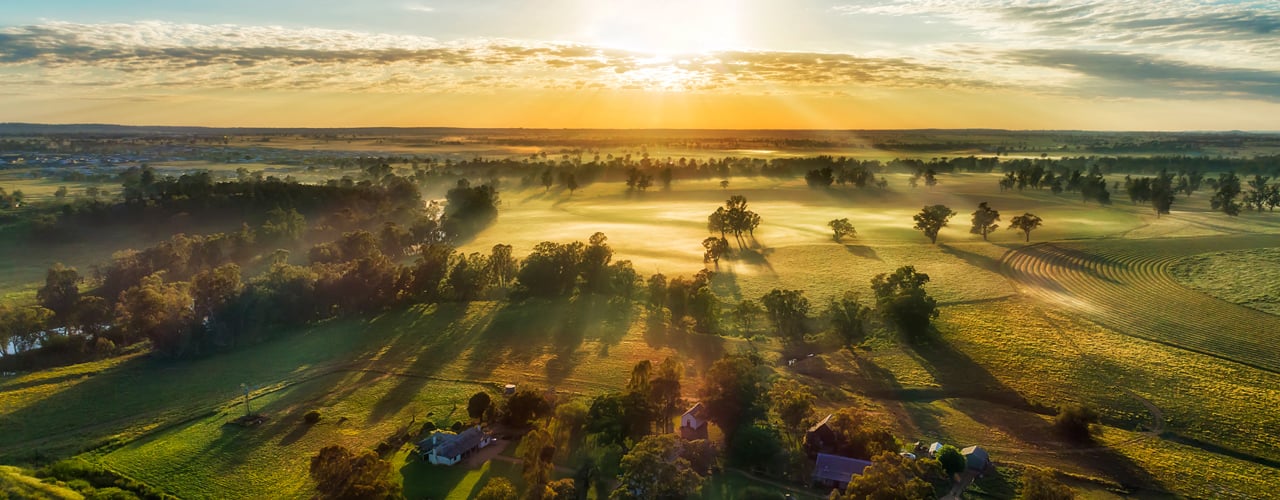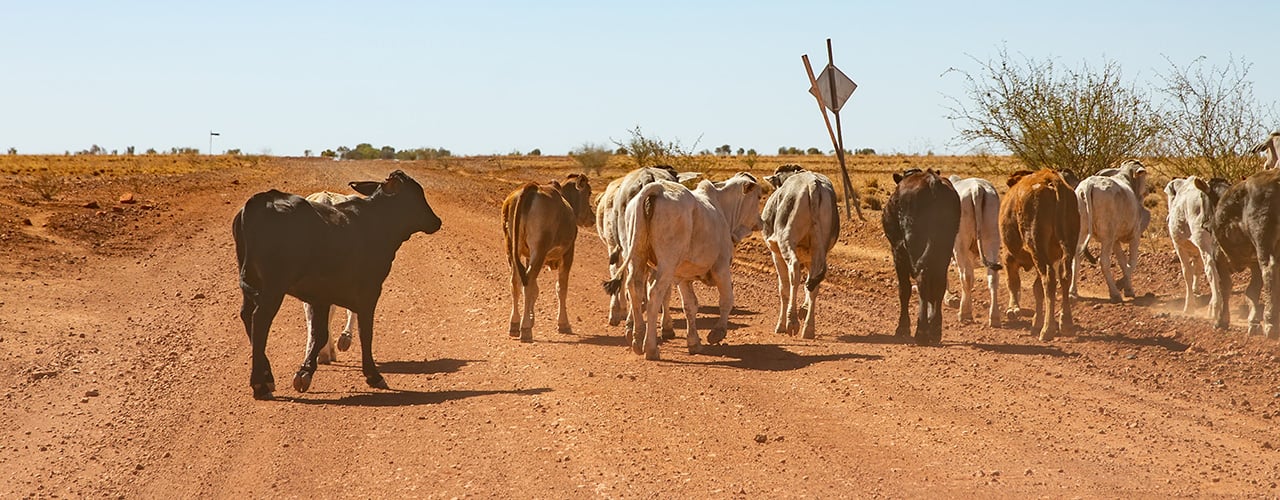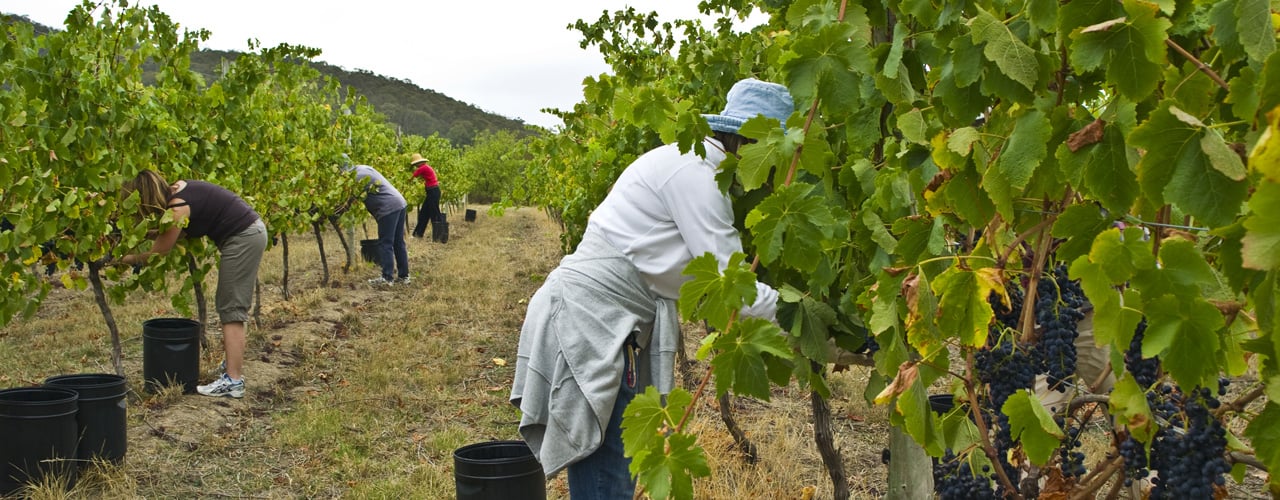We’ve chosen to cover apples for the next topic in our series on ’Big Things’ series. The apple industry was worth over $527 million to Australia’s economy in 2020/21. The season produced plenty of challenges for growers, with labour shortages a particularly tough issue. These labour shortages have seen growers prioritise picking quality fruit over pure volume. As such domestic consumers enjoyed high quality apples throughout 2021. While fruit quality has been fantastic, prices have been slightly higher as a result of the reduced volume. So, ahead of another strong year for apple growers let’s dive into each state to find out who can lay claim to having the biggest ‘big apple’…
Victoria currently provides over 48 per cent of Australia’s total apple production. Despite the state’s mammoth production, only a single ‘big apple’ still resides within Victoria. The Big Apple sits within Gladysdale, a town within the Yarra Valley and one of the major apple producing regions of Victoria. Gladysdale is home to the annual Gladysdale Apple and Wine festival.
The state of NSW produced over 23 thousand tonnes of apples across the 2020/21 season. This accounts for almost 9 per cent of total Australian apple production. NSW’s big apple is located within the Goulburn region and is affectionately known as Jim’s Big Apple, named after Jim Watling. Jim was known across the region as the ‘Apple Man’ for his contribution to apple growers across the region.
Queensland typically produces just over 7.5 per cent of Australia’s apples with almost 20 thousand tonnes of apples produced in the 2020/21 season. The majority of apple orchards within Queensland are based around Stanthorpe near the NSW border. Queensland’s Big Apple is based on the Royal Gala variety and sits near the town of Thulimbah. This is a major apple growing region in Queensland. The Big Apple measures 4.5 meters in diameter and stands 4 meters tall.
Western Australia’s apple industry continues to produce quality apples, with 23,809 tonnes produced last season. This number is expected to continue to grow with the long-term production forecast of the Bravo apple (a WA variety famous for its burgundy skin) at 50,000 tonnes per year, up from around 3,000 tonnes in 2021. WA’s Big Apple sits in the town of Donnybrook, the home of apple production in the state. While Donnybrook may not be New York, the iconic apple remains the largest big apple in Australia and sits atop a 28-meter-high tower. The apple itself is 7.5 meters tall with a diameter of 6.5 meters. With production booming it may not be long before a bigger apple takes the crown.
Last but not least, Tasmania the state known as the "Apple Isle" remains Australia’s second largest apple producer. The first apple tree planted in Tasmania dates back to 1788 with the state becoming one of the world's major apple producers at the time. Production has fallen in recent years, though apples are still grown in relatively large numbers, particularly in southern Tasmania. The state produced over 41 thousand tonnes of apples in 2020/21 with its Big Apple located in Spreyton, one of the main production regions across the state.
South Australia remains the only state without a big apple to call their own. Despite the lack of a big apple icon, the state produced almost 28 thousand tonnes of apples in 2020/21. The Adelaide Hills region accounts for 85 per cent of the state’s apple production with the remainder coming from the Riverland and Southeast regions. Given apple production across the state continues to boom, it’s hoped a ‘big apple’ isn’t too far away.
Most Popular
Subscribe to insights today
Receive reports direct to your email by subscribing to Rural Bank Insights.




